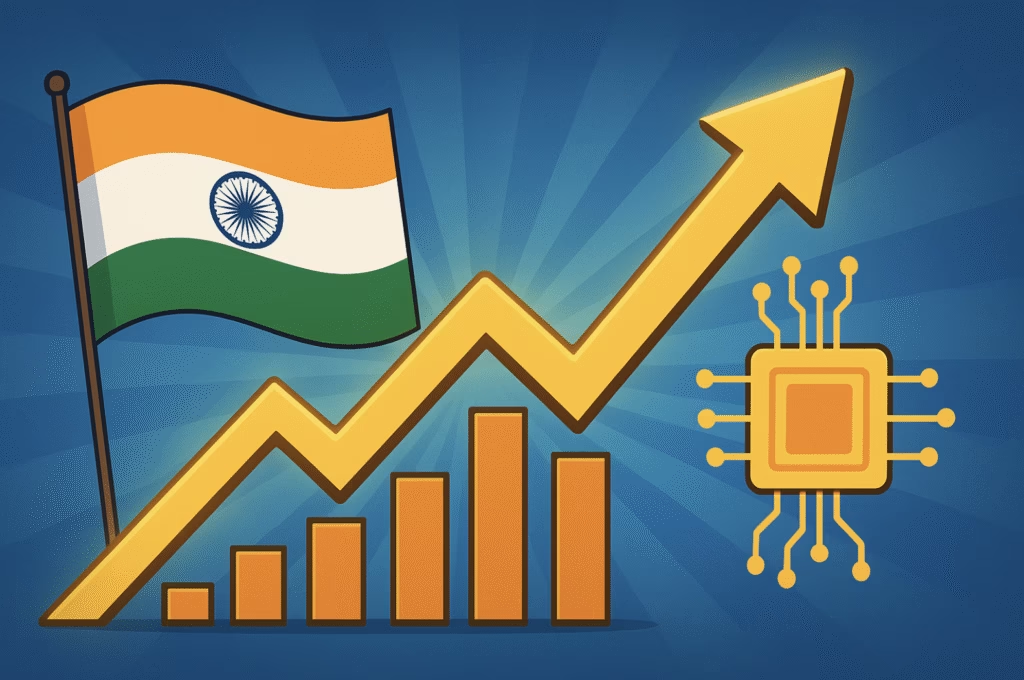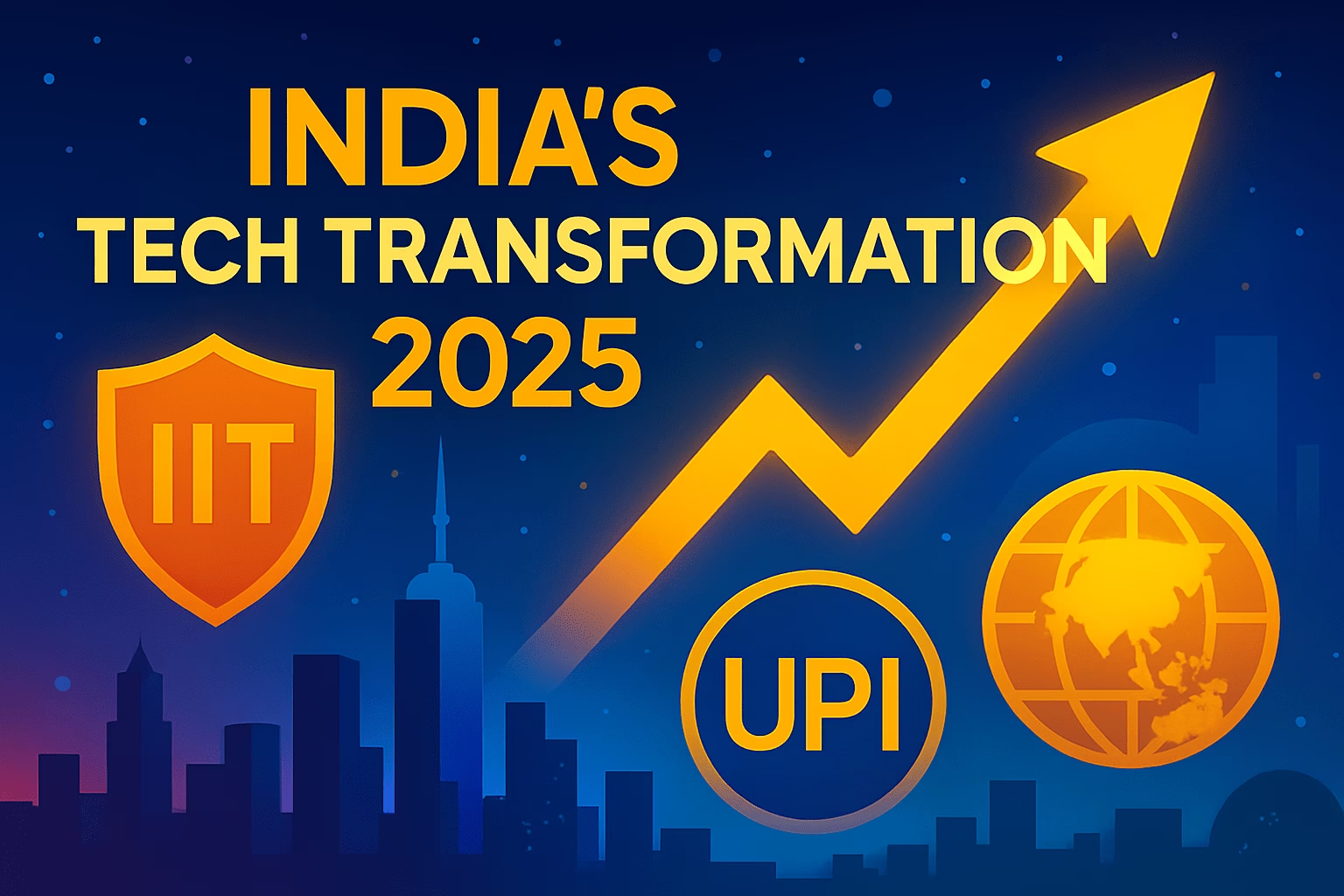When India gained independence in 1947, in India technical and digital infrastructure was non-existent. We just had 3,000 engineering students with just 40 colleges. Still, today India……

When India gained independence in 1947, in India technical and digital infrastructure was non-existent. We just had 3,000 engineering students with just 40 colleges. Still, today India is the world’s largest digital payment market and global leader in IT services and software exports. This remarkable transformation didn’t just happen accidentally, it was the outcome of leadership, public policies and entrepreneurial spirit.
Let’s take an odyssey to India’s global tech house and a strong power.
Birth of IITs and Indigenous Computing
India’s first step in tech development is establishing the Indian Institute of Technology (IIT). The first IIT was set up in Kharagpur in 1950. IIT model is followed by the model MIT. IIT isn’t just the engineering colleges, they are the incubators of research, talent and industrial modernisation. They produced best technical mind in the world not just for India but also for Silicon Valley.
While education was being strengthened, scientific innovation quietly arose. In 1954, TIFR developed first Asia’s digital computer under the guidance of R. Narasimhan. This is the golden time for India, with limited resources India built computer technology.
The Rise of IT Outsourcing
In 1968, industrialist J.R.D. Tata took a first bold step to start Tata Consultancy Company and appointed F.C. Kohli, a visionary engineer, to lead TCS. F.C. Kohli recognised the India’s strength. Our strength not just cheap labour but intellectual capital also. When he said “If we miss this opportunity, those who follow us never forgive us”, because of F.C. Kohli India laid the foundation of creating a trillion dollar global outsourcing industry.
India doesn’t had any demand for computer services at that time. That’s why Indian IT firms are looking for client abroad. And in 1974 TCS secured its first abroad client with American company Burroughs.
Policy Reforms That Change Everything
In the 1970s, multinational giant IBM forced out of India due to strict government regulations. This created a gap in IT sector and this gap is filled by Indian IT firms like TCS, Wipro and HCL. They started to begin their computing system.
The real breakthrough came in the 1980 or 1990s.
In 1984, Prime Minister Rajiv Gandhi’s new computer policy slashed tariff and eased out import or export of software services.
In 1991, India made big changes in economy by making easier trade, removing complicated rules for starting business and opening the Indian economy for foreign institutions investors. This helps the Indian tech industry to grow at faster rate.
This reforms open the market for Indian IT companies like TCS, Wipro and HCL scaled up quickly. And Bangalore become the Indian Silicon Valley.

Building for Bharat
While India become successful in global software market but from the last decade India shifted focused to internal digital problem. Solving its own massive digital challenges and creating the best digital payment tools.
The JAM trinity like Jan Dhan accounts, Aadhaar ID and mobile connectivity. Because of this JAM trinity people are getting benefited by the government subsidies, wages and pensions are directly transferred in their accounts and also in rural areas.
But the biggest breakthrough came in 2016 with the launch of UPI (Unified Payment Interface) created by NPCI. UPI helps people to pay from their mobile to anyone and payment is also received instantly or sent instantly and no extra charges at all. No need to collect cash, you can directly pay from phone.
By 2025:
Now other countries are wanted to copy the UPI.
UPI handles 85% of all India’s digital payment.
It processes over 19 billion transactions in a month.
Even global companies started to use UPI.
The AI Revolution
Today, Indian IT industry earns $245 billion annually, but a headwinds are there like Artificial Intelligence. AI tools can write a code, test software and automate customer supports. AI consequences are happening. Indian IT firms are faced with layoff and slower hiring due to automation.
But just like in the 1990s, India is rising again to meet this disruption head on. In 2024, Indian government launched Mission AI to tackle headwinds of Artificial Intelligence, pledging over 10,000 crore to build.
Final Thoughts
India has come a long way from being ignored by world to recognised by world and 4th largest economy in the world, this time is golden time for India and for Indian people, they can build a startup or help economy to grow at a faster rate.
